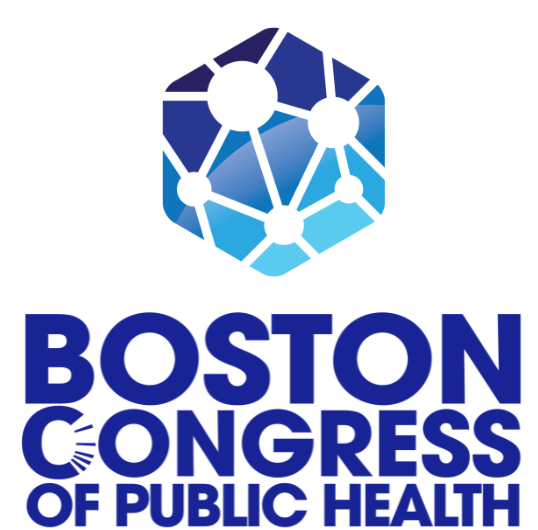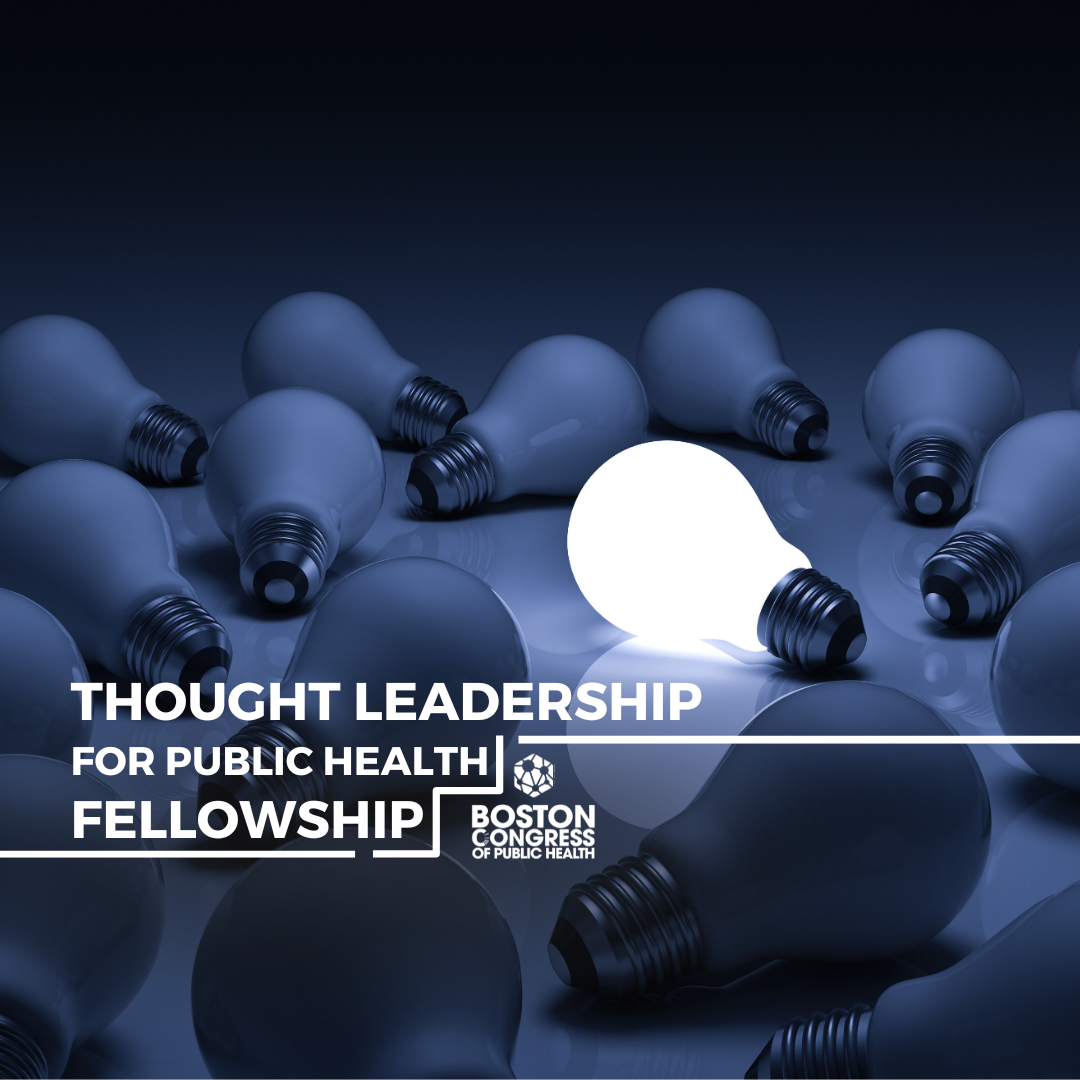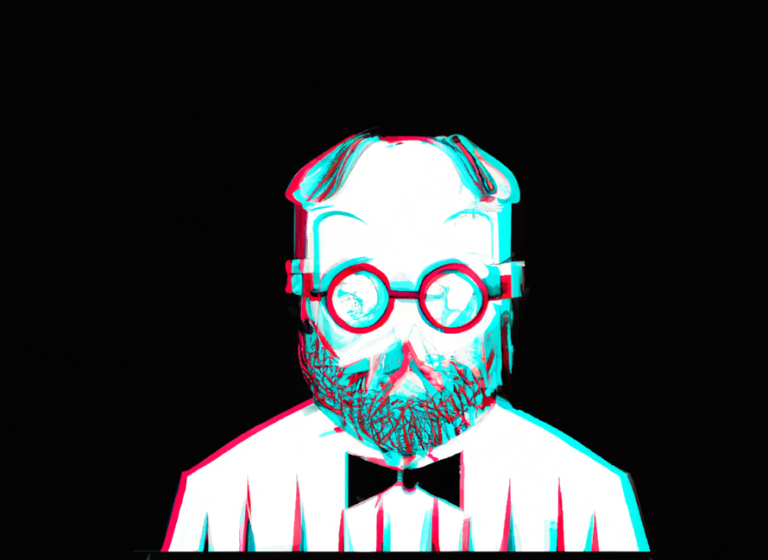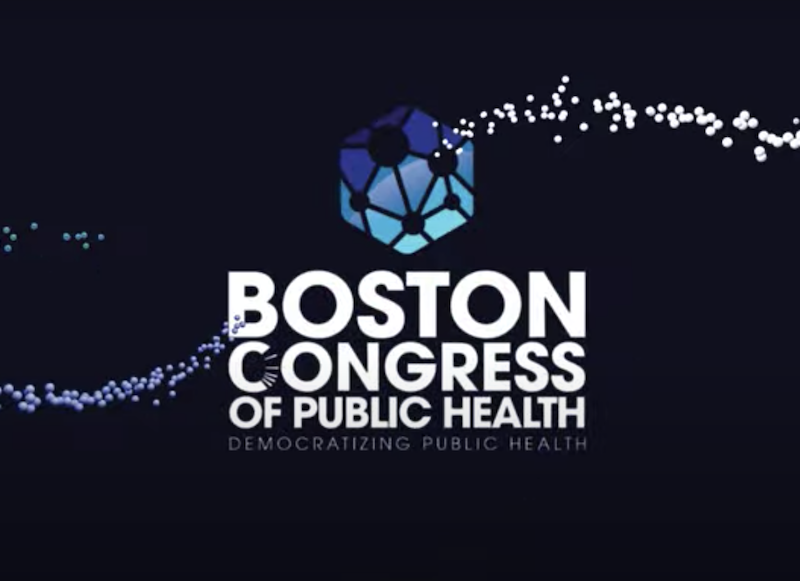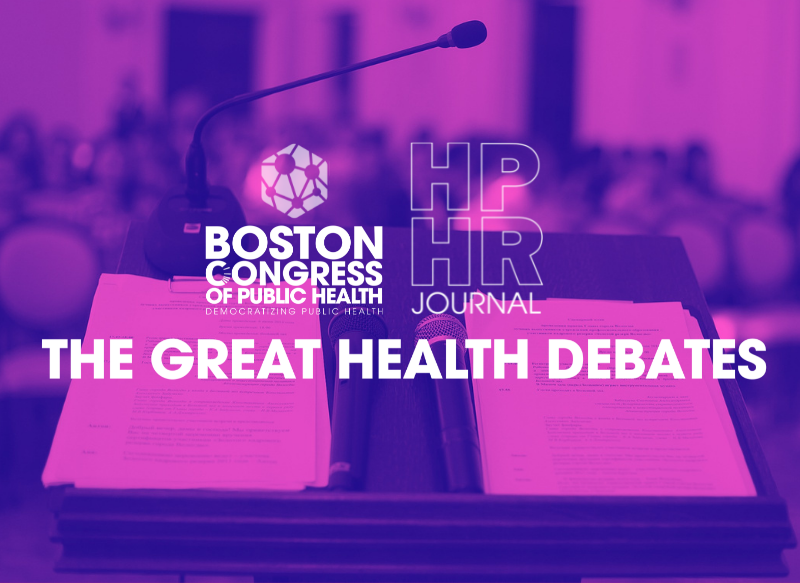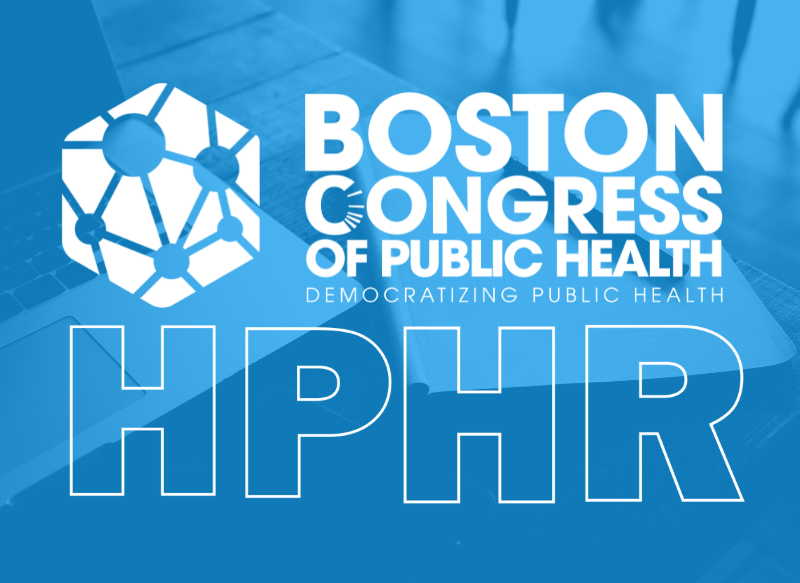In most cases of schizophrenia, symptom onset occurs in late adolescence to early adulthood. Earlier onset is associated with poorer functioning and increased mortality by over a decade. Preceding a first episode of frank psychosis, families often report in hindsight changes in behavior such as apathy or low motivation a few years prior to fully emergent symptoms(6). Thus, researchers have been keenly interested in more accurately identifying youth most likely to develop psychosis before crossing the threshold of a first break.
A.I. allows for mass data collection and parallel processing of information such as language patterns, facial expressions, tonal changes, and gestures to identify behaviors associated with psychotic progression. Several studies have established language processing as predictive of schizophrenia. For example, conversion to psychosis by a group of Reddit users was predicted with 93% accuracy when A.I. was trained to identify low semantic density (speech without content) and higher than average reference to sounds and voices (7). Other studies have identified even greater accuracy in prediction of psychosis by evaluating fluctuations in coherence of speech combined with excess use of possessive pronouns(8,9).
Beyond risk assessment, there are efforts to “objectify” the diagnosis of schizophrenia utilizing machine learning. In other words, can A.I. provide measurable and consistently verifiable diagnosis of schizophrenia better than human counterparts? Current research using A.I. for diagnosis are based on algorithm training using functional magnetic resonance imaging and electroencephalogram studies of the brain of patients with known schizophrenia to identify diagnostic anatomical patterns (10). It’s important to note that there is no consensus that specific anatomical or metabolic changes in the brain are directly linked to the diagnosis, only inferences based on symptoms and difficulty with aspects of neuropsychological testing (10). That said, small studies of functional MRIs and machines testing various cognitive variables result in about a 75% success rate in differentiating healthy individuals from those with symptoms of first episode psychosis (10,11).
While encouraging, this research gives us significant cause to proceed with caution. Studies have demonstrated that when data of greater than 100-200 patients with known psychotic symptoms are fed to machine learning, predictive accuracy decreases (11,12). This is particularly relevant given the expansion of research utilizing such neuroimaging studies to detect treatment resistance and assess response to a given therapeutic intervention. The bar for A.I. having an advantage would be that it has greater diagnostic precision than a human physician. As sample size increases, the research demonstrates that such consistency is lacking. Psychosis itself, antipsychotic treatment, and potential treatment resistance all come with unique risks that underscore the importance of precision and accuracy in diagnosis. The A.I. research to this point reiterates the fundamental difficulty of schizophrenia diagnosis driving the effort to pursue machine learning in the first place.
The accurate prediction of conversion to schizophrenia relies on a reliable definition of the disease state itself. However, our understanding of the heterogenous set of syndromes is based on subjective report and observed behavior without a specific marker to confirm the disease. The diagnosis of schizophrenia is often itself a bias. For example, in western nations, ethnic minorities and immigrants are more often diagnosed with schizophrenia (13,14,15). More specifically, in the United States black patients are more likely to be overdiagnosed with schizophrenia compared to bipolar disorder leading to significant delays in treatment and poorer lifetime outcomes (16, 17).
